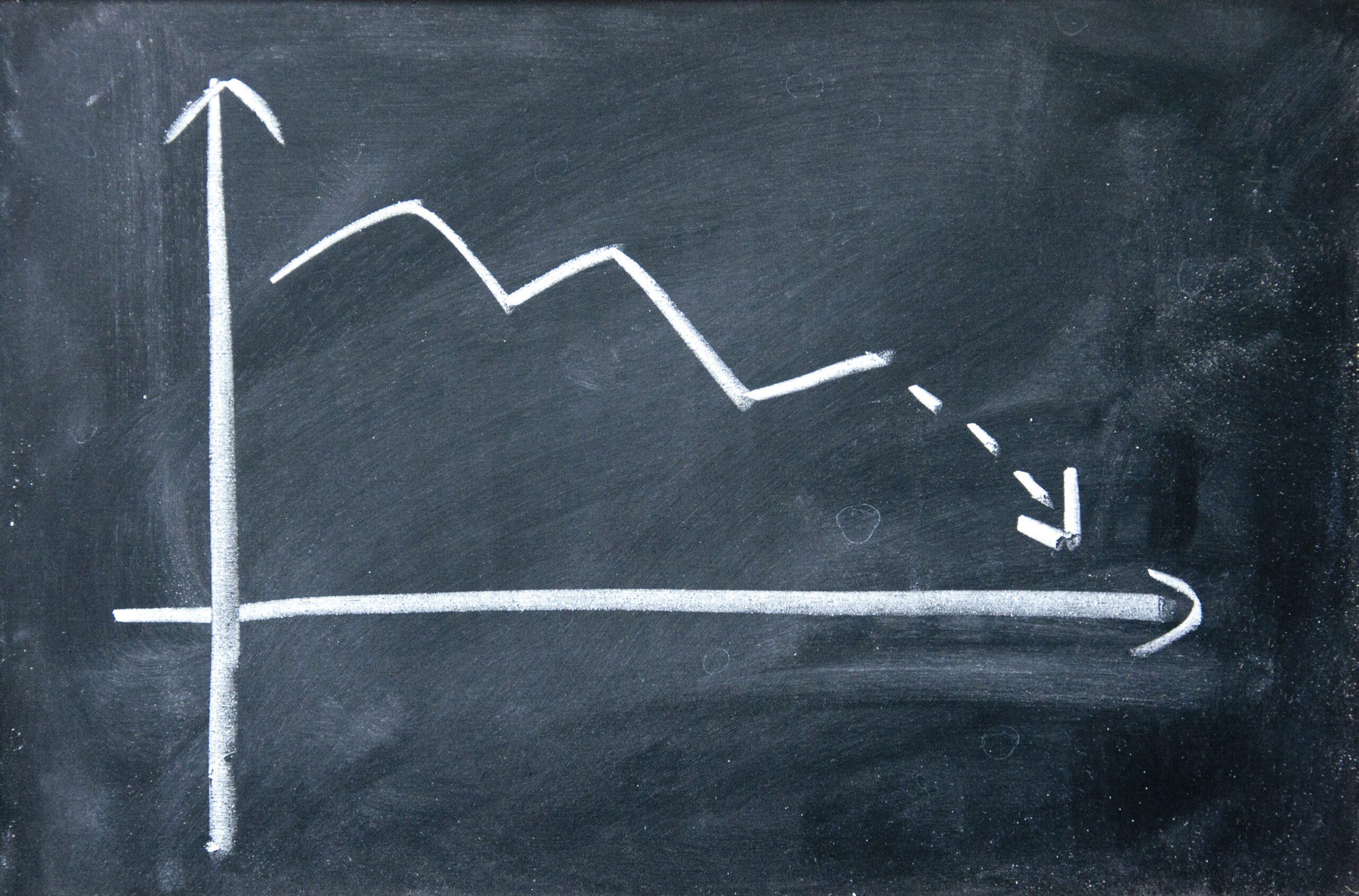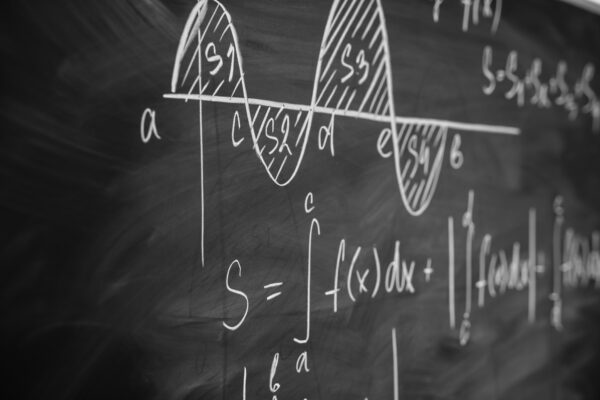By now, many of our readers may have already seen the headlines. “Reading and Math Scores Plummeted During Pandemic, New Data Show” from The Wall Street Journal. In The New York Times, “The Pandemic Erased Two Decades of Progress in Math and Reading.”
As these articles report, data from the latest long term trending NAEP tests showed unprecedented declines in math and reading among the nation’s nine-year olds. Overall scores in reading were down by five points compared to 2020; math scores were down by seven, the first statistically significant decline since 1973. The stories also contained a familiar refrain of details: the gaps between high-performing and low-performing students widened even further (though, for the first time, the performance of high- performing students also declined, albeit at a slower pace), as did the gaps between white and Black students. For example, Black student performance in math was down by 13 points, compared to a 5- point decline for white students. Hispanic student performance in math was down by 8 points.
What does this mean for learning loss recovery? It depends on how you compare points on the NAEP scale to grade levels (a very inexact comparison), and by extension, weeks of learning. Dr. Andrew Ho, Professor of Education at Harvard University and quoted in The New York Times’ coverage, estimated that a point on the NAEP test would represent about three weeks of learning. In other words, 12 points on the NAEP scale would roughly correspond to one grade level, assuming a 36-week school year. This is shown as “Model 1” in the table below.
Under this model, on average, students would need about 21 weeks of instruction in math to make up the losses. But while white students, on average, would need only 15 weeks of instruction (just half a school year), Black students would need 39, more than a full school year to make up the learning losses in math. Hispanic students would need 24 weeks (about two-thirds of a school year).
Another estimate is that 10 points on the NAEP scale roughly corresponds to one grade level, meaning that a point on NAEP would represent just over three-and-a-half weeks of learning in a 36-week school year (“Model 2” in the table below; results are rounded to the nearest whole number). Under this model, students overall would need about 26 weeks of instruction (over half of a school year) to make up their losses in math. White students would need 18 weeks (or half a year), while Black students would need 48 weeks (the equivalent of one-and-a-third school years), and Hispanic students would need 29 weeks (or about 80% of a school year).

Using the two models shows the full range of learning loss students and schools might be facing. Whether using Model 1 or Model 2 however, it’s clear that many students are confronting severe learning losses, which will have major implications both in the classroom and beyond as we move into this school year.







